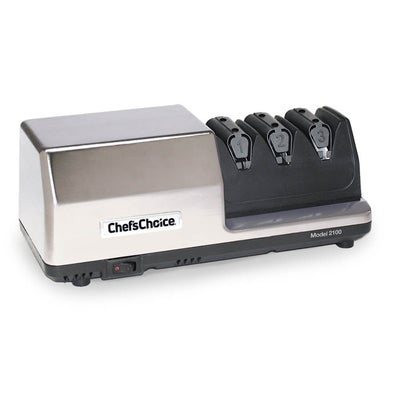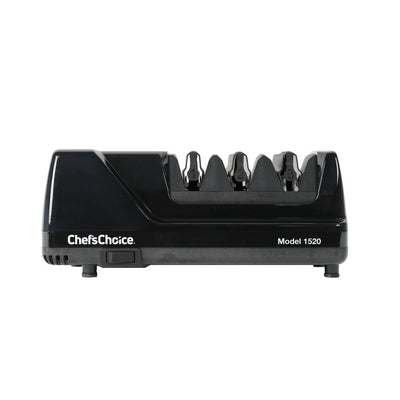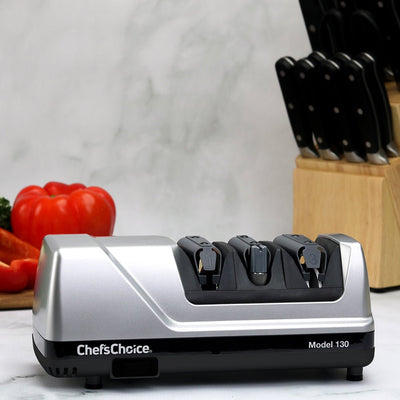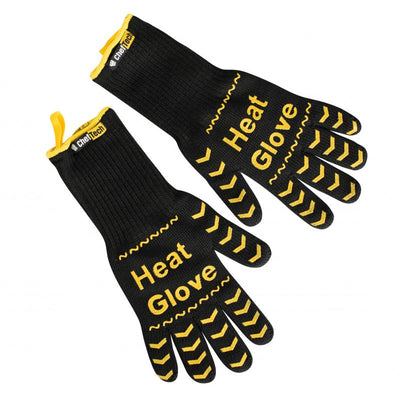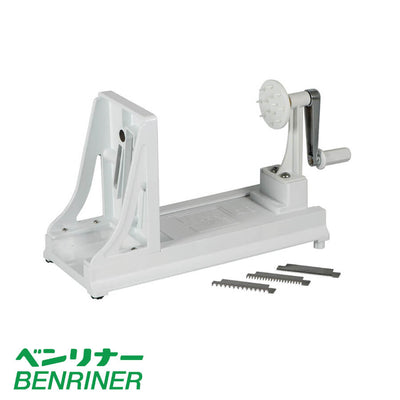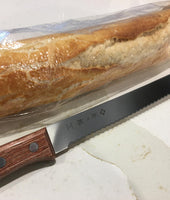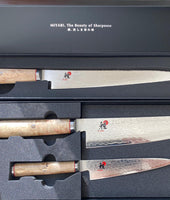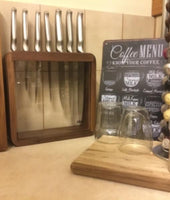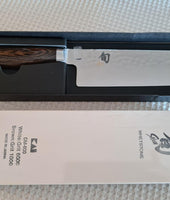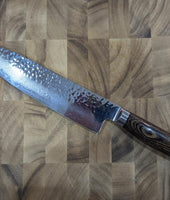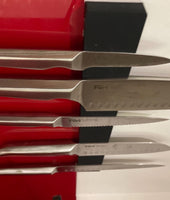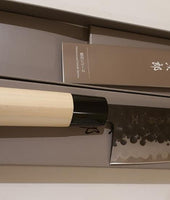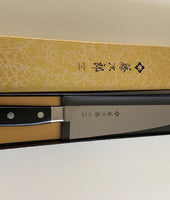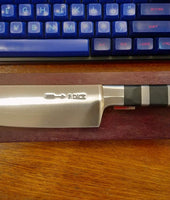Pocket Knife Guide - The Different Types & Uses
At some point in your life, you probably owned or wanted to own a pocket knife. A pocket knife is a knife with one or more blades that can be folded inwards to fit inside the knife handle. It's also known as a folding knife or a jackknife.
Pocket knives have been around for more than 2000 years. They are versatile and can be used for anything, from opening envelopes to peeling fruit to camping, and even self-defense. Pocket knives have developed from simple bone tools to sophisticated contraptions that can get you through almost anything.
There are many different types of folding knives, and we'll look at some of them here.
Types of Pocket Knives
Pocket knives can be classified differently, according to some common features they have. Here are some of them.
The Number of Blades
Single-Bladed Pocket Knives
Single-bladed pocket knives have a somewhat larger blade because the focus is on one blade only. They also have a locking mechanism that enables you to use them for tasks that require a lot of force.
Single-bladed knives are strong, but because they only come with one blade, you don't have the luxury of using them for different types of tasks.

Multi-Bladed Pocket Knives
These generally have two to four different types of blades. This makes them very convenient for traveling and camping, as the different blades perform a wider variety of tasks.
However, multi-blade knives are not as strong and long-lasting as single-bladed knives due to the extra number of blades.
Multi-tooled Blades
This is a pocket knife that features other tools in addition to blades. For instance, you can have a can opener, a nail file, a pair of scissors, a corkscrew, a saw, a toothpick, tweezers, and a magnifying glass all on a Swiss Army knife.
Of course, they are bulkier than single and multi-blade pocket knives as they carry more tools. They're especially handy for camping.

The Type of Edge
Many pocket knife models come with different styles of knife edges.
The Fully Serrated Edge
Serrated knife edges are a fairly modern invention-pocket knife edges started out being just plain. This type of edge is ideal when you need to cut using a sawing motion. The serrations give the blade additional strength, which also allows you to use this blade on the harder stuff. Finally, serrated edges are thinner than plain edges. This allows them to cut better than plain edged knives.
Serrated-edged blades are clumsier than plain-edged blades. Of course, they're also harder to sharpen. You would have to send it back to the manufacturer for re-sharpening if you're not so sure how to do it.
The Plain Edge
Plain edged pocket knives have a simple straight edge with no serrations on them. They have more stability than serrated edges, so if you need to make really fine cuts, the straight edge is the one for you.
Their stability allows you to make accurate and clean cuts. They are also easier to sharpen. Its main drawback is its inability to make sawing cuts. Serrated knives are better at that.
The Partially Serrated Edge
This is where the fully serrated and the plain edged pocket knife meet. The cutting edge has a serrated and non-serrated section. This type of knife is actually very popular as you get the best of both worlds.
The knife can make both tough cuts and still do fine work. It's also less clumsy as the straight part fixes that. One main disadvantage is the difficulty in sharpening the serrated part of the blade.

The Type of Blade
Pocket knives can also be classified according to the type of blade. Here are the most common types of pocket knife blades.
The Clip Point
This is one of the most popular pocket knife blades. It derives its name from a straight or curved cutout area on the unsharpened back edge of the blade. This design is meant to make the tip sharper. The clip point is ideal for piercing and general cutting, though the narrow tip makes it weak.
The Drop Point
The drop point has a straight spine which is straight but towards the point it gently slopes down to meet the bottom part of the blade, forming a drop point. This pocket knife works like the clip point, but it is much stronger as the point is broader.
The Pen Blade
Originally used to sharpen quills, the pen blade is now used for small cutting tasks. It's a common feature on Swiss Army knives. It is small, with the spine and the edge of the knife sloping towards each other at the same angle, making it look like a spear point.
Sheepsfoot
This blade was originally used to trim the hooves of sheep. It has a straight cutting edge and a straight spine which curves smoothly towards the tip. Its straight edge provides a large surface that makes it ideal for slicing and cutting.
The Spey Blade
This blade's original purpose was for castrating and spaying farm animals. Both spine and cutting edge are straight, suddenly sloping towards each other near the tip. Spey blades are found on pocket knives with multiple blades. They're great for skinning furry animals.
The Tanto Point
Also known as a chisel point, this blade features a straight cutting edge with an angular point. It is strong and is used for making push cuts, stabbing, and piercing tough materials.
The Wharncliffe Blade
These are not very common, but they're great all-rounders. They look similar to sheepsfoot blades, but the spine begins to curve downwards much closer to the handle, meeting the tip gradually.
Final Words
We could go on and on about pocket knives. They've been around forever, so they're now like a part of the culture. They're also a handy tool to have and they make many household and outdoor tasks easier.
So if you're one of those people who use your nails for virtually everything, give them a break and get a pocket knife instead.
Also Read: Difference Between Damascus Steel and Stainless Steel
Explore More Products: Wusthof Classic White Series Santoku 17cm | Wusthof Classic White Series Sharpening Steel 23cm | Wusthof Crafter Paring Knife 9cm

















